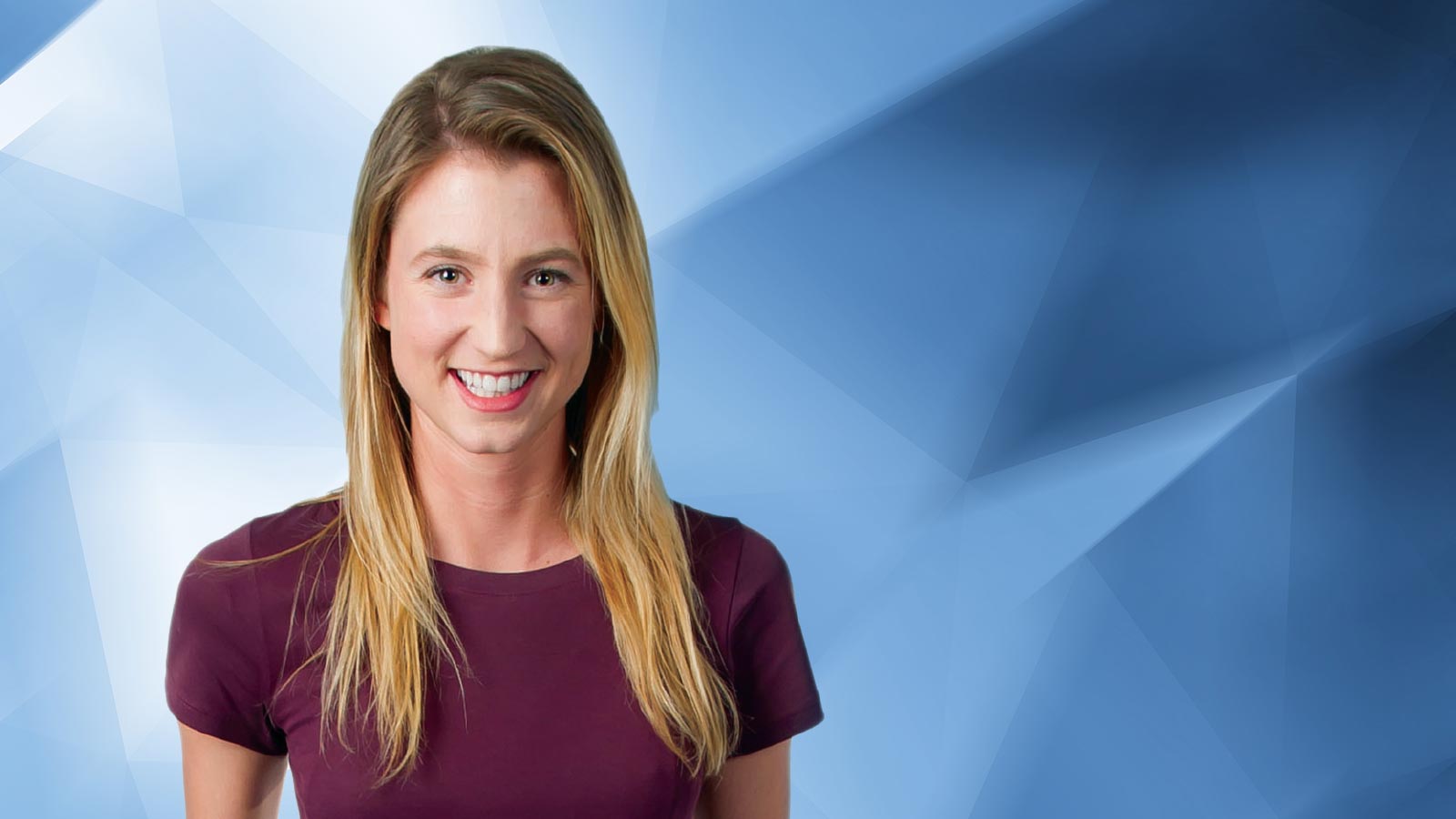Stay Up to Date
Submit your email address to receive the latest industry and Aerospace America news.
Lindsey Sweeney, junior chief engineer, Northrop Grumman MQ-4C Triton
Triton unmanned planes look a lot like U.S. Air Force Global Hawks, but they are tailored for maritime surveillance with stronger airframes, reinforced wings, lightning protection, and de-icing coils in their tails and wings. The Navy plans to bring them into its fleet in 2018, and the Tritons have caught the eye of Germany and Australia, which may buy them too. Each carries a maritime surveillance radar, electro-optical and infrared video cameras, and an automatic identification system receiver for tracking friendly ships. A complex aircraft like Triton relies heavily on software to operate properly. That’s where Lindsey Sweeney comes in. She manages Triton software-related work in Northrop Grumman’s Autonomous Design Center of Excellence in San Diego.
How did you become an aerospace engineer?
I have always enjoyed problem solving. Engineering itself is such a vast field, but I was sold on aerospace engineering from the time I won a trip to Space Camp through the California Science Fair in middle school. It was amazing. I really nerded out. I liked the idea of seeing a problem, solving that problem, and witnessing how it helped others complete tasks more easily. It’s satisfying. Engineering has always been intoxicating for me. I attended the University of California, Los Angeles, to study aerospace engineering. My first summer, I interned at Carlisle Interconnect Technologies, assisting in the analysis of automated machinery. After my sophomore year, I began interning at Northrop Grumman, where I performed detailed design work of metallic structures and completed thermodynamic and propulsion analyses on the Firebird engine and intercooler systems to help improve power output and general efficiency. I was hired full time as an aerospace engineer by Northrop Grumman in 2014. I now support the Triton program’s chief engineer.
Imagine the world in 2050. What do you expect to see in aviation?
In the past 10 years, I’ve seen a lot of momentum in the aerospace industry. The contribution toward groundbreaking innovation is accelerating exponentially. You can already feel it. In 2050, I expect to see incredible advancements toward exploring our universe and our Earth, with greener, faster, more efficient aircraft. The autonomous portion of the industry, for example, is just getting started. Autonomous flight opens doors that lead to discoveries we haven’t even thought of yet. It’s really exciting to be sitting at the threshold of that at Northrop Grumman in San Diego. I think there was a time when some of the larger companies were at risk of becoming stagnant and redundant, but companies like Northrop Grumman have become very nimble and diverse. Places like our FabLabs are fine-tuning unique talents. FabLabs [in California and Florida] provide our engineers with cutting-edge tools and technologies we can then apply to our hobbies, which helps us learn, create and bring new ideas to the company. It’s inspiring!
About Debra Werner
A longtime contributor to Aerospace America, Debra is also a correspondent for Space News on the West Coast of the United States.
Related Posts
Stay Up to Date
Submit your email address to receive the latest industry and Aerospace America news.





